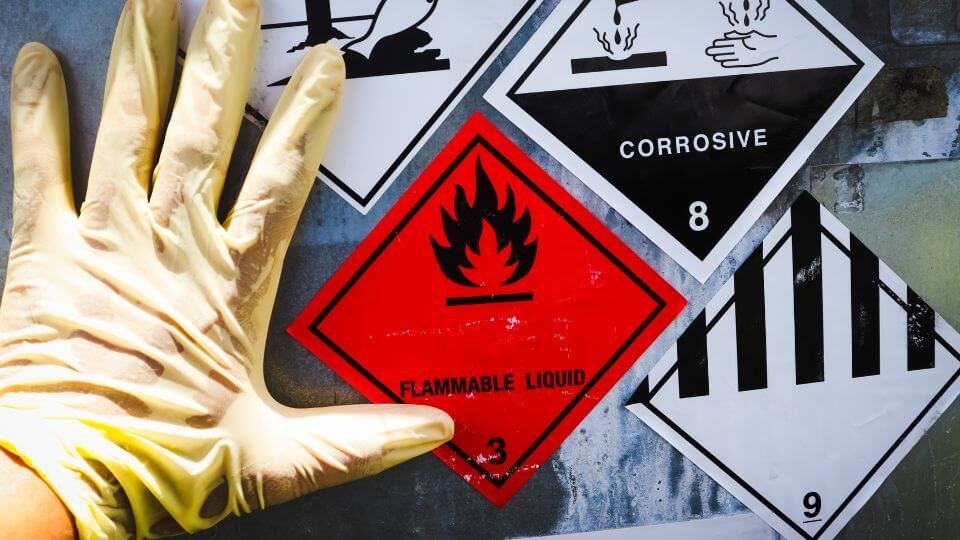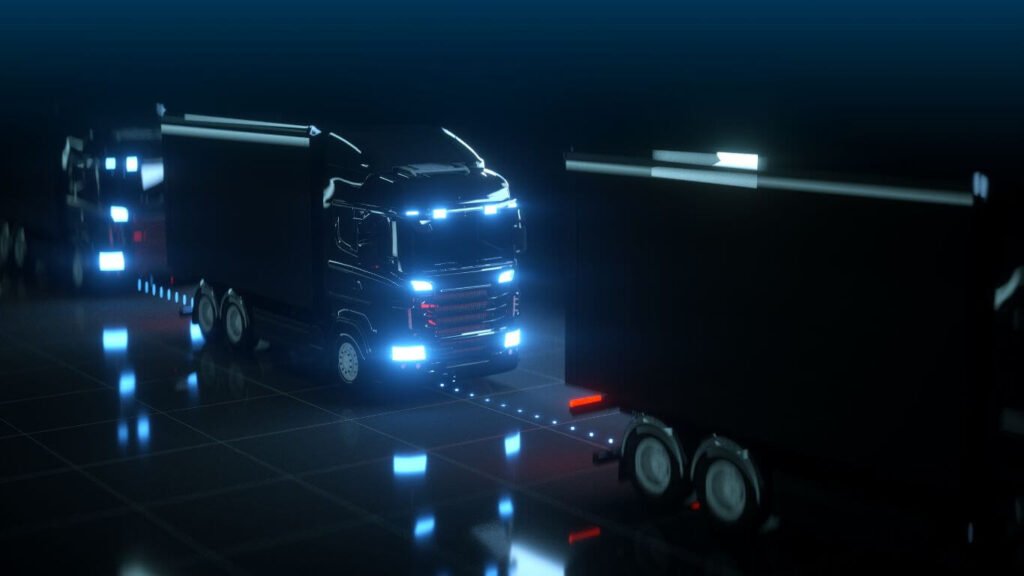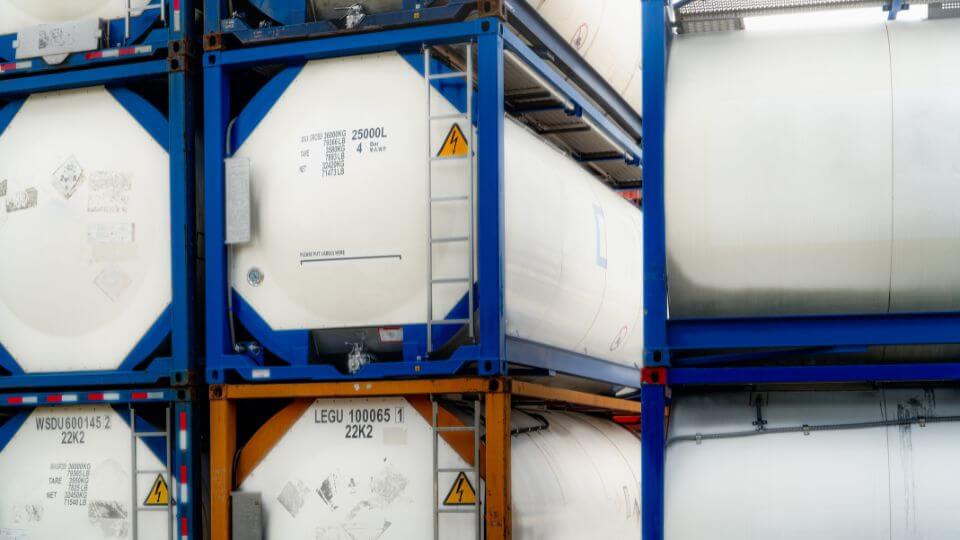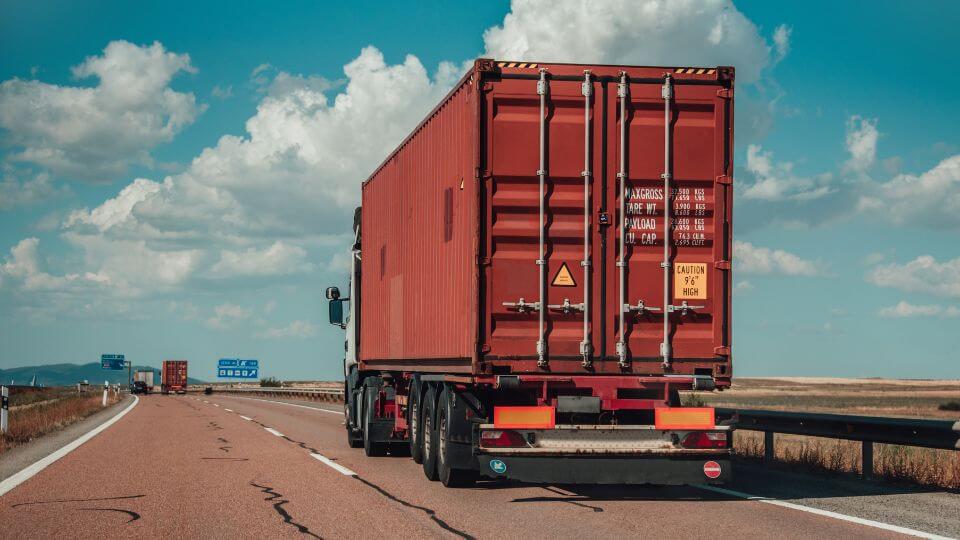

The Complete Guide to HAZMAT Table (HMT)
The Complete Guide to HAZMAT (Hazardous Materials) Table Home > Blog > The complete guide to the HAZMAT table Hazardous materials (HAZMAT) play a vital
The automobile sector is rapidly evolving in terms of innovation. Autonomous vehicles are one of the most significant drivers of automotive innovation, and linked vehicles are already a part of our everyday life. According to McKinsey & Company, about 95% of all new automobiles sold will be linked by the year 2030. Automotive manufacturers are increasingly focused on developing linked vehicles, emphasizing ADAS (Advanced Driver Assistant System), notably vehicle-to-vehicle and vehicle-to-infrastructure connectivity.


When it comes to optimizing the overall supply chain, the automotive transport industry has made significant progress by incorporating advanced manufacturing methodologies such as Lean Manufacturing and Six Sigma into various facets of the manufacturing process, allowing all stakeholders – including suppliers, OEMs, and retailers – to reduce costs and achieve efficiency.
The industry is taking steps to enhance the overall efficiency of its operations and introduce more innovative vehicle fleets, thanks to the development of new technologies such as advanced brake systems, increased fuel economy, and improved air-fuel ratios. These advancements allow cars to travel greater distances on highways while producing less pollution and improving safety. With this in mind, let’s explore future developments in the world of transportation and innovation in autonomous cars.
The history and evolution of the automotive industry, though brief in comparison to that of many other industries, is of particular importance because of its impact on our society during the twentieth century. Despite the fact that automobiles were invented in Europe in the late 19th century, the United States came to completely dominate the global auto industry by the first half of the twentieth century with the introduction of mass manufacturing techniques. However, the situation changed dramatically in the second part of the century, when Western European nations and Japan became prominent car manufacturers and exporters.
Even before the 2020 health crisis, this automotive industry was at a crossroads. Technology advancements, globalization, urbanization, and environmental concerns have all combined to alter the role of the automobile in our everyday lives. Moreover, the development of both autonomous cars and electric vehicles further transformed supply chain best practices, introduced new competitors into the sector, and necessitated industry-wide upgrades to stay competitive.
The contemporary auto industry is constantly expanding, and each year appears to offer significant and exciting developments. Thus, it is evolving in numerous ways. In truth, the industry as we know it today is radically different from what it was in the past. For instance, innovative vehicles are altering how we travel and commute today. Driving an autonomous car is one example. Automobile manufacturers are now developing self-driving trucks and electric cars. Electric cars, especially, offer zero-emission transportation alternatives with a number of benefits. Due to less traffic congestion and pollutants, electric cars can reduce travel time and cost while also improving public health and air quality.
Autonomous vehicles (AV) do not require human guidance, control, or steering. Rather, they operate autonomously and independently of human drivers. That’s why AVs are also referred to as “driverless vehicles”. Self-driving trucks, delivery robots, and e-bikes are a few examples. Experts predict that the next wave of automobile technology will deliver fully autonomous vehicles to consumer markets by 2027. There is little doubt that AI, machine learning, robots, and automation will be widespread by 2037.


Transportation accounts for roughly half of all carbon dioxide emissions. Car emissions have increased at a faster rate than greenhouse gas emissions since 2000, adding significantly to global warming. On a normal weekday, even if the average passenger drives 40 miles from home to work and back, one gallon of gasoline may emit more pollution than four gallons of diesel. Car emissions have a long-term impact on communities, businesses, and economies, jeopardizing all life on our planet.
The rise of electric vehicles (EVs) as the next wave of automotive innovation has the potential to reduce vehicle pollution significantly. Drivers of EVs spend more time on their phones than drivers of internal combustion engines (ICEs). Furthermore, most new EVs have sensors to identify objects and pedestrians on the road, resulting in a decline in pedestrian accidents, injuries, weariness, anxiety, stress, and tension.
Automotive logistics includes inbound procurement, spare component outsourcing and distribution, and domestic and international shipping of finished automobiles. The complexity of the automotive logistics supply chain demands a high level of process planning to achieve optimal production efficiency.
The worldwide automotive logistics market is estimated to reach $330.86 billion by 2026, growing at a 7.6% CAGR annually. The improvement in efficiency in finished vehicle logistics is predicted to propel the expansion of the automotive logistics industry in the future.
Outsourcing and insourcing are the two primary types of automotive logistics. Automotive outsourcing logistics partners like Logos Logistics offer third-party logistics services such as contract logistics, warehousing, and domestic transportation to improve transportation and production efficiency. The numerous operations include storage and handling and transportation which are classified according to the mode of travel as highways, airways, railways, and marine.
The future of transportation is in our hands, even if they are not behind the wheel. Numerous assistance systems already help us on the road, and new technologies like 5G are becoming more widely available. Car manufacturers and software firms alike are working tirelessly on developing the transport of tomorrow. In the long term, this will not only address the shortage of truck drivers, but it will also help improve road user safety.
Many automobile manufacturers and suppliers today are either out of storage space or having problems controlling their inventory and shipment. At Logos Logistics, we realize that automobile manufacturers all over the world are looking for consistent supply networks as well as greater storage capacity to store items and supplies until they are needed for fulfillment or shipment.
Need help? Let’s talk.


The Complete Guide to HAZMAT (Hazardous Materials) Table Home > Blog > The complete guide to the HAZMAT table Hazardous materials (HAZMAT) play a vital


10 Common Hazardous Materials (HAZMAT) in Logistics Home > Blog > 10 common hazardous materials (HAZMAT) in logistics In the complex landscape of logistics, ensuring


11 Different Types of Cargo Containers & Their Impact on Shipping Home > Blog > The 11 different types of cargo containers and their impact
© 2008-2024 Logos Logistics. All Rights Reserved, Logos Logistics Inc.